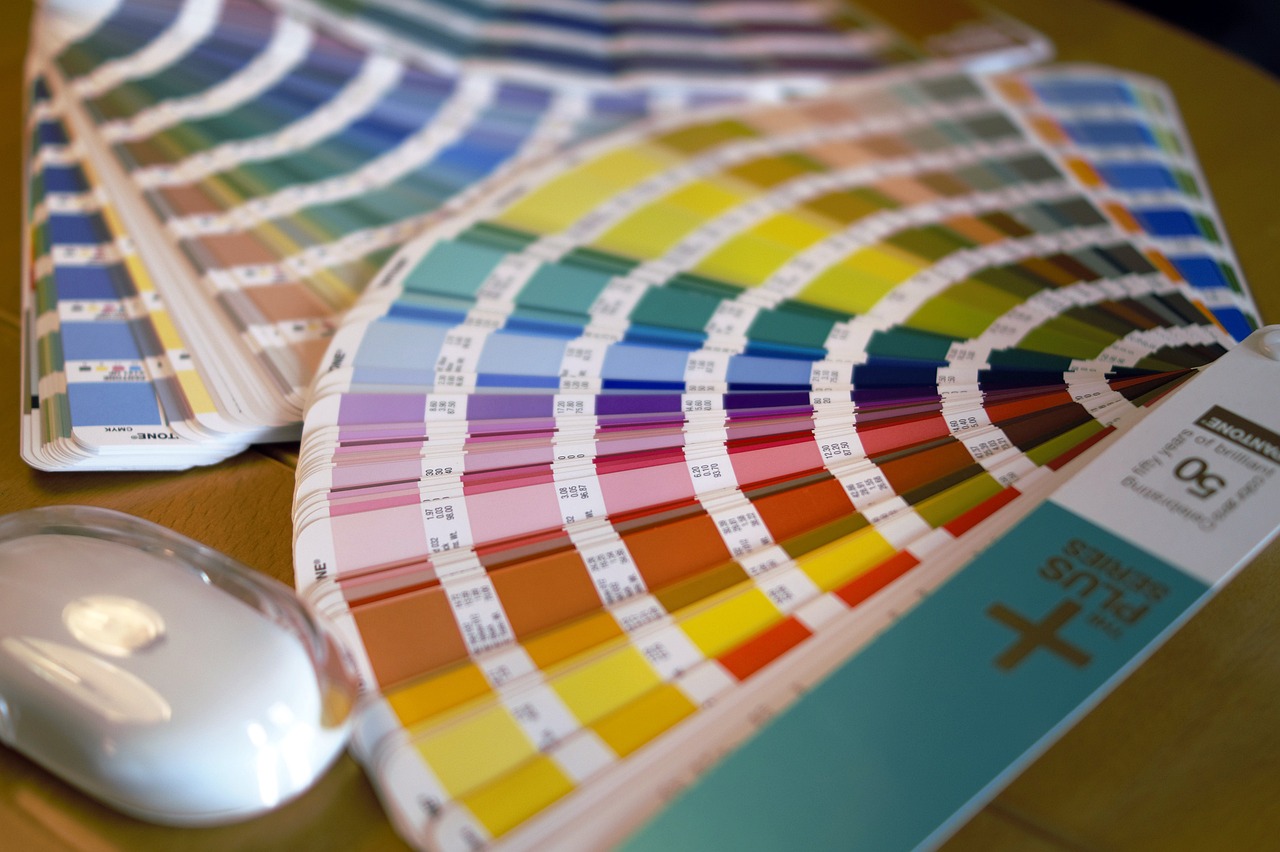Color Coding Products in Retail Stores
Color schemes have become part and parcel of today’s world. Businesses, offices, as well as homes utilize color schemes to establish an environment that is easy for people to relate with. In particular, retail stores and supermarkets use color-coding techniques to enhance the sale of their products as well as improve business operations. This article looks at five tips for color-coding of products in retail stores.
- Coding for Discounted Products
Color coding can be used in marking discounted products and driving sales. In a retail setting, it’s not uncommon for products on clearance to be displayed separately from other items. To make these products even more captivating to customers, warmer colors such as red are used along with huge price tags that are visible from a distance. Furthermore, stamps that may include heart stickers can be used to attract the attention of shoppers. Different color codes such as blue can be used to mark discounts of smaller percentages while red stickers may be used for larger discounted products to entice customers.
- Enhance Brand Identity
Colors can be used to enhance the identity of a brand. This is particularly the case when considering aspects such as the logo of a company. In that regard, color coding can be instrumental in crafting your logo as it lets people know what it is you are offering. Because a logo is a crucial feature of your company’s brand, take the time to select the right colors, font, as well as symbols that illustrate what your business is all about.
- Division of Store Sections
Retail stores can be difficult to navigate. However, with color coding, you can easily distinguish different sections in the stores, making it easier for customers to get the products they are searching for. When used with clear signage, colors can direct customers to various sections, hence products, thus enhancing their shopping experience.
- Making Products Attractive
Colors can also be used to make some items more attractive and appealing than others. As the owner of the store, you can implement this strategy on products by the display window or you may implement it at the store’s entrance so the products can be easily spotted. Choosing the right colors can help plant the items on display into the mind of the customers, luring them into purchasing the items.
- Employee Uniform
Color coding can also be used on employee uniforms. When employees in the retail store wear uniforms of similar color, it becomes easier for patrons to identify them. Additionally, color coding can also be used to distinguish the various employee positions within a store. Leaders or managers in the store can put on different colors from other employees so it becomes easier to distinguish them from the rest of the store workers.
Wrap Up
Color coding can be used for different purposes in a retail store. This article has explored some of the uses of color-coding which include distinguishing workers and products, identifying discounted products, and enhancing brand quality. You can explore one or more of these options to make your store stand out.

